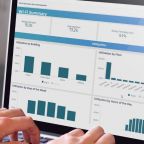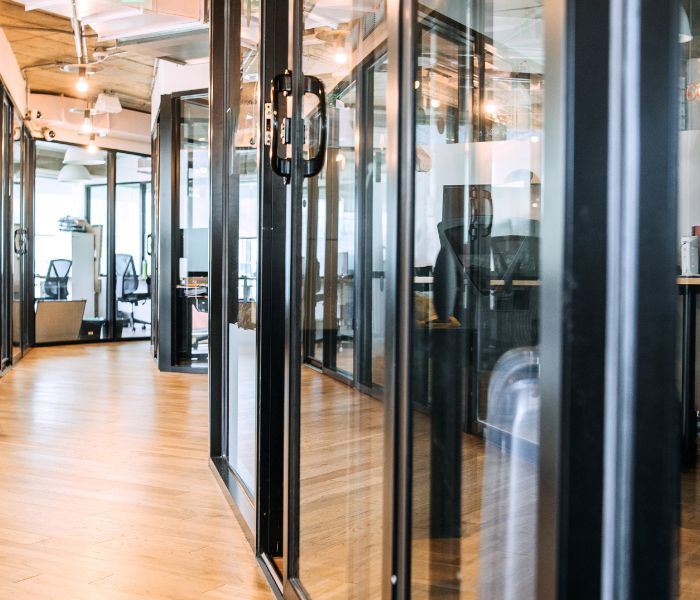When a BIM model is connected to an IWMS in a truly integrated fashion, building owners have the potential to realize the benefits of a full BIM based lifecycle approach. This can only truly be realized if the model is connected bi-directionally to a distributed BIM Lifecycle process which places responsibility of maintaining the underlying data into the hands of facilities team members who are closest to the information.

Choosing to maintain your Revit model during a facilities operational phase allows you to carry forward the valuable information and geometry created design and construction and utilize it to help manage your facilities more effectively. This of course provides the added benefit of leveraging your investment in a model based process while the building was being created and not sticking it on a file server where it’s rarely touched and becomes more and more unusable over time. Keeping a model healthy, updated and accurate especially in today’s facilities can sound daunting but it doesn’t have to be. By integrating your Revit model into your team’s facilities workflow tools such as IWMS or CAFM solutions you’ll be able to provide selective access to facility team members such as space planners, asset managers, maintenance technicians etc. who all will take their own unique part in helping you maintain your Revit model for the Building Lifecycle.
Before you start on your path to using BIM for facilities I highly recommend that you determine what your requirements are for your models including what needs to be in them, how you plan to use them and who is responsible for maintaining not only the model geometry but also the data attributes associated with each object in the model. I’ll create an additional blog post in the coming weeks that addresses this specifically.











